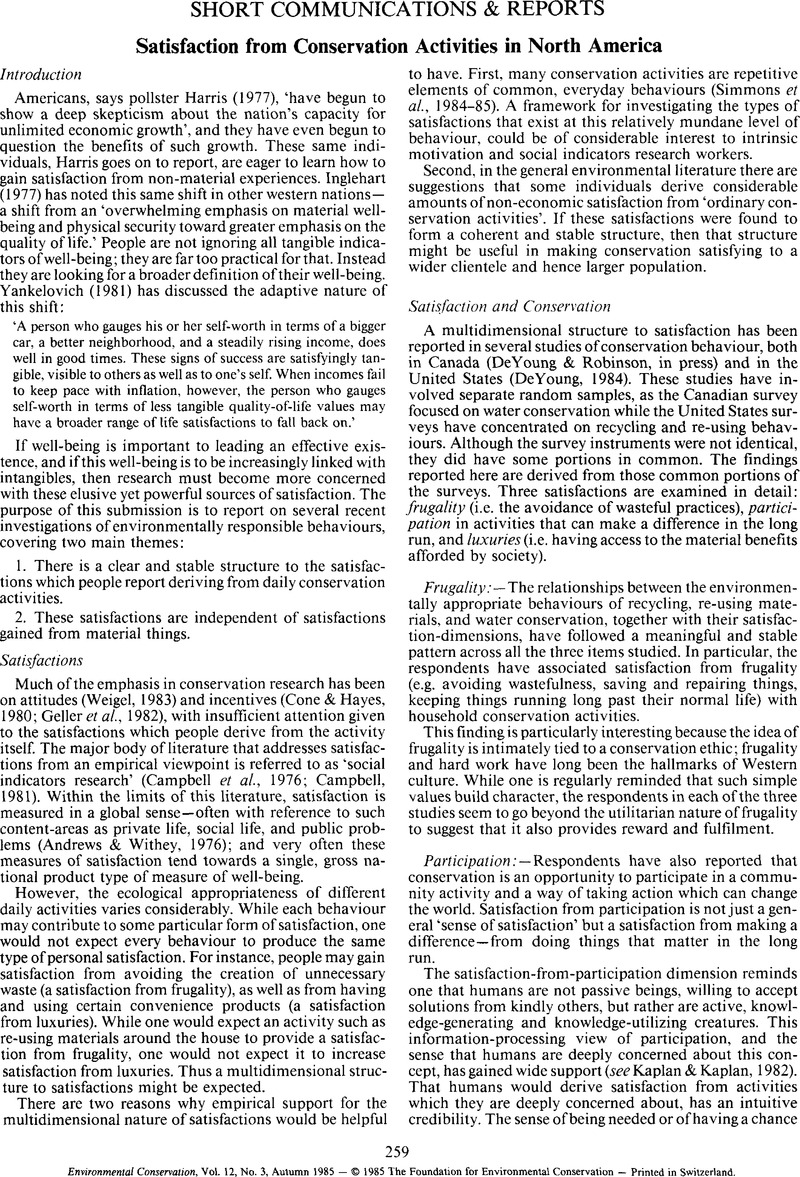Crossref Citations
This article has been cited by the following publications. This list is generated based on data provided by Crossref.
De Young, Raymond
and
Kaplan, Stephen
1985.
Conservation Behavior and the Structure of Satisfactions.
Journal of Environmental Systems,
Vol. 15,
Issue. 3,
p.
233.
Thøgersen, John
1994.
A model of recycling behaviour, with evidence from Danish source separation programmes.
International Journal of Research in Marketing,
Vol. 11,
Issue. 2,
p.
145.
Thøgersen, John
1996.
Recycling and Morality.
Environment and Behavior,
Vol. 28,
Issue. 4,
p.
536.
Biggar, Matt
and
Ardoin, Nicole M.
2017.
Community context, human needs, and transportation choices: A view across San Francisco Bay Area communities.
Journal of Transport Geography,
Vol. 60,
Issue. ,
p.
189.
Biggar, Matt
2020.
Sustainable Cities and Communities.
p.
428.
Biggar, Matt
2020.
Sustainable Cities and Communities.
p.
1.
Adhikari, Ram K.
Grala, Robert K.
Grado, Stephen C.
Grebner, Donald L.
and
Petrolia, Daniel R.
2022.
Landowner Satisfaction with Conservation Programs in the Southern United States.
Sustainability,
Vol. 14,
Issue. 9,
p.
5513.



